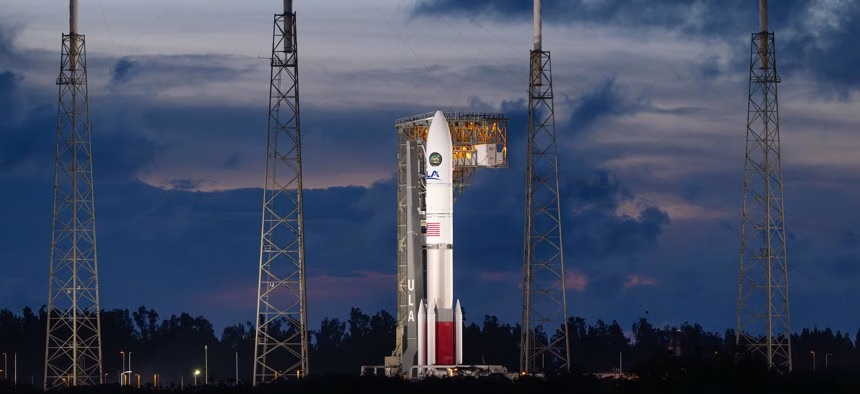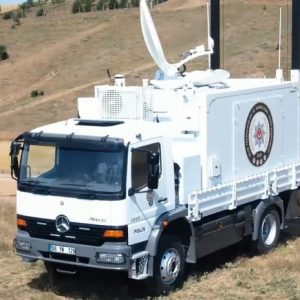U.S. Space Force has launched its first experimental navigation satellite in almost 50 years. The Space Force experimental navigation satellite, known as NTS-3, aims to strengthen GPS resilience and test next-generation capabilities.
New Technology for Secure Navigation
Developed by the Air Force Research Laboratory with L3Harris as prime contractor, NTS-3 carries a steerable phased-array antenna for signal delivery in jammed areas. Onboard receivers allow it to operate without constant ground control—vital in contested space environments.
AFRL aerospace engineer Joanna Hicks said the $250 million system can be reprogrammed in orbit. “We can adapt after launch, once we see potential threats,” she explained. This approach supports the Pentagon’s push for agile, threat-responsive satellites.
Testing Multi-Orbit GPS Concepts
Most military GPS satellites operate in medium-Earth orbit (MEO). NTS-3 is in geostationary-Earth orbit (GEO) to test multi-orbit integration. This setup could combine GEO, MEO, and possibly low-Earth orbit (LEO) satellites for stronger coverage and anti-spoofing defense.
“In the future, we might deploy similar technology in low-Earth orbit,” Hicks noted. While not yet a formal mission, this option remains under study.
Launch Delays and Added Capabilities
The launch was originally planned for 2022 but was delayed nearly three years due to issues with ULA’s Vulcan rocket. The extra time allowed engineers to add new experimental signals and refine mission objectives.
The mission will last about one year. AFRL does not plan to use the satellite for operations afterward but may allow testing by partner agencies.

Vulcan’s First National Security Launch
This flight was the first national-security mission for Vulcan under the National Security Space Launch program. ULA aims to clear its backlog with a pace of two launches per month by year’s end. Delays followed a solid rocket booster problem during Vulcan’s second flight in October.
“We are ready to launch as quickly as possible while clearing the backlog,” said Col. Jim Horne, Space Systems Command mission director.
Strategic Significance
The Space Force experimental navigation satellite could pave the way for a secure, flexible, and multi-layered global navigation system. Success in orbit may shape the next generation of GPS, support NATO interoperability, and counter adversary jamming efforts.
Related: Multi-Orbit GPS Resilience Strategies
For background on GPS upgrades, see NASA’s GPS Modernization Overview.










